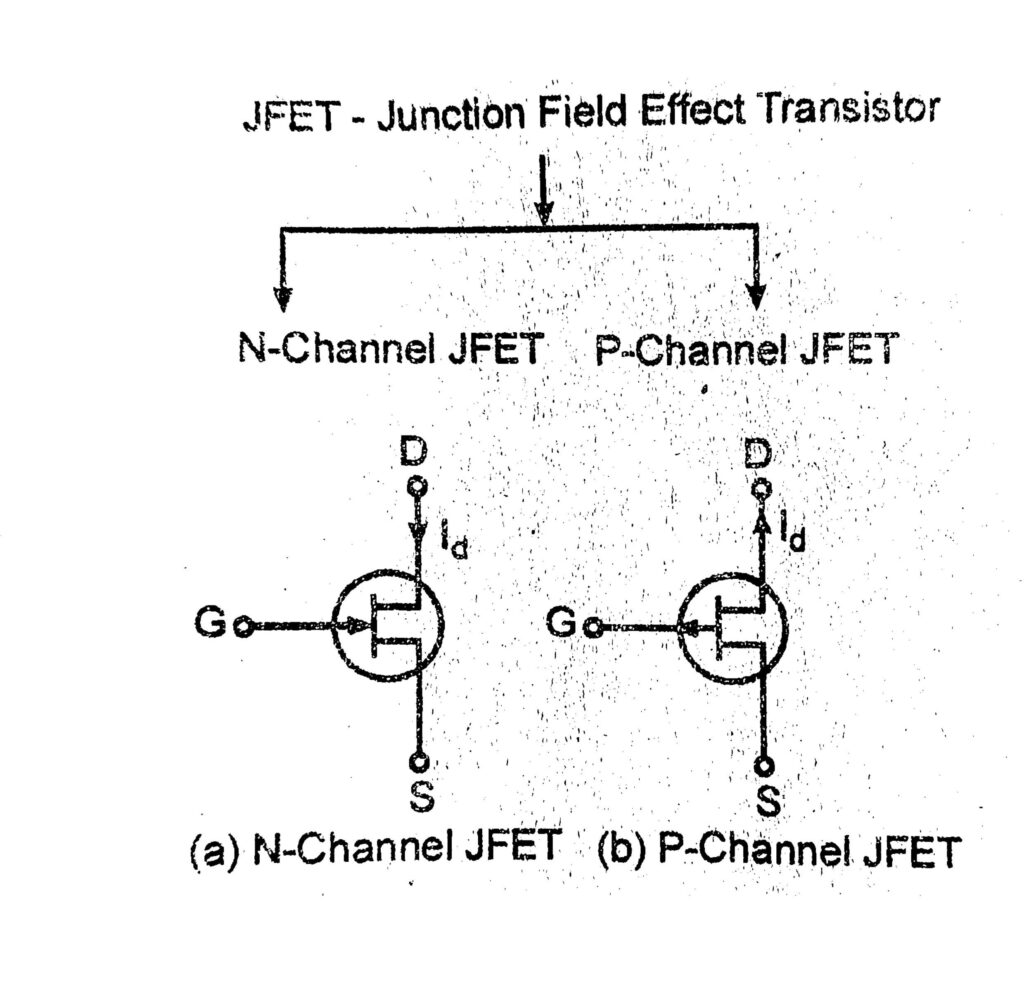

The transfer characteristics can be determined by observing different values of drain current with variation in gate-source voltage provided that the drain-source voltage should be constant. It is to be remembered here that when we are observing the drain characteristics with respect to the variation in drain-source voltage, then the value of gate-source voltage should be kept constant. The different values of voltage give different values of current. It is clearly evident from the characteristics curve of external bias. Obviously, if we are supplying an external voltage, then we can achieve the pinch-off point quite early as compared to the circuit which is not biased.

The region after the pinch-off point in the curve is termed as saturation region. Drain-Source Saturation Current: The drain to source saturation current is the current which becomes constant or completely enters a saturation state.Pinch-off Voltage: The voltage at the pinch-off point is termed as pinch-off voltage because at this voltage the current is completely turned to be constant.Pinch-off point: The point in the curve above which the drain current does not increases further no matter how much we are increasing the drain to source voltage, this point is termed as the pinch-off point.Channel Ohmic Region: The region to the left of the knee point in the characteristics curve is the channel ohmic region.But after this point, the linearity changes into a curve. Knee Point: There exists a point in the characteristics curve where the variation of drain current with drain-source voltage appears to be linear.Terminologies involved in JFET characteristics The reverse biasing will be more towards drain region that source region.

This will eventually result in reverse biasing of the gate-source terminal. The flow of current from drain to source will create the voltage drop between gate and source. In this case, the N-type channel will simply behave as resistance region. This allows a large magnitude of current to flow through the channel.

Now, what does this means? It clearly implies that the channel width is more as the width of depletion layer will not vary initially because there is no external reverse biasing. We have already discussed in the working of JFET that majority charge carriers flow from source to drain and as a consequence of which the current flows from drain to source. In the absence of external bias: In this case, as there is no voltage between gate and source terminal, thus, the drain current will flow from drain terminal to source terminal.Output Characteristics or Drain Characteristics In both the condition the variation of drain current is different. Another condition is that the biasing is applied between gate and source terminals. there is no voltage applied between gate and source terminals. In the first case the output characteristics are observed when there is no bias, i.e.


 0 kommentar(er)
0 kommentar(er)
